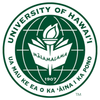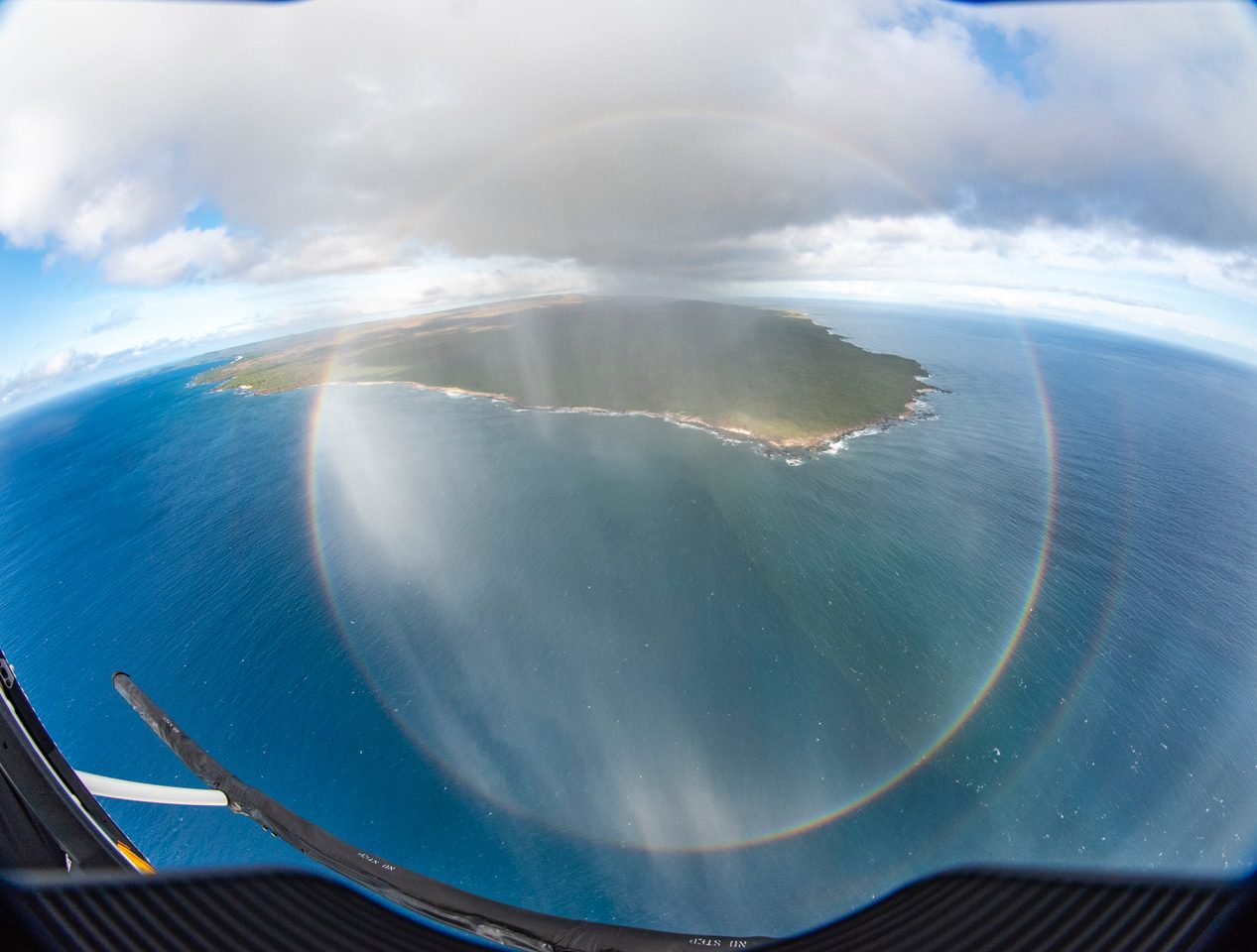Presented by
Brian Mapes
Professor, Department of Atmospheric Sciences
Director, Meteorology and Physical Oceanography Program
RSMAS, University of Miami
Abstract:
Air is transparent to visible light, but the layer up to about 14km high cools by emitting infrared radiation. Gravity therefore creates mechanical energy to drive air motions (convection), in order to carry energy up there from the sun-warmed surface. But this purpose (telos, in Greek) doesn’t totally determine the form and scales and timing of convection. These are left to chance, further subject to the twitchy amplifying effect of water vapor condensation. The equator to pole sunlight gradient gives teleological purpose to some planet-spanning large scales (slant-wise convection in mid latitudes), so those are part of the mix. Surface features like continents and beautiful island chains imprint themselves in the sky. But many other kinds of motions have no apparent purpose — except perhaps to thwart our hopes of prediction, by scrambling each other! Sometimes, when telos is absent, nature maximizes randomness as a principle (or at least a useful assumption, turning our ignorance into a principle). But even that fails us in the atmosphere, because those twitchy amplifying feedbacks have subtly systematic aspects that introduce long threads of memory and history and coherent structures in space. Turbulence is a discouraging subject!
To focus discussion, I will emphasize precipitating deep tropical convection within the almost-uniformly warm tropics, or (for more rigor) in strictly uniform idealized “tropics-world” simulations. After a spectral kinetic energy equation is implanted in listener minds, this talk surveys some of the many conditional biases in the probability of development of convection’s unit structure (“cells”), and what those imply about the many scales of motion driven by convection’s gravitational work. Of course, all the field’s familiar named phenomena will be mentioned among those flywheels and splashes, but I hope these are illuminated a bit differently by this context, for experts to ponder once again and students to approach freshly.


